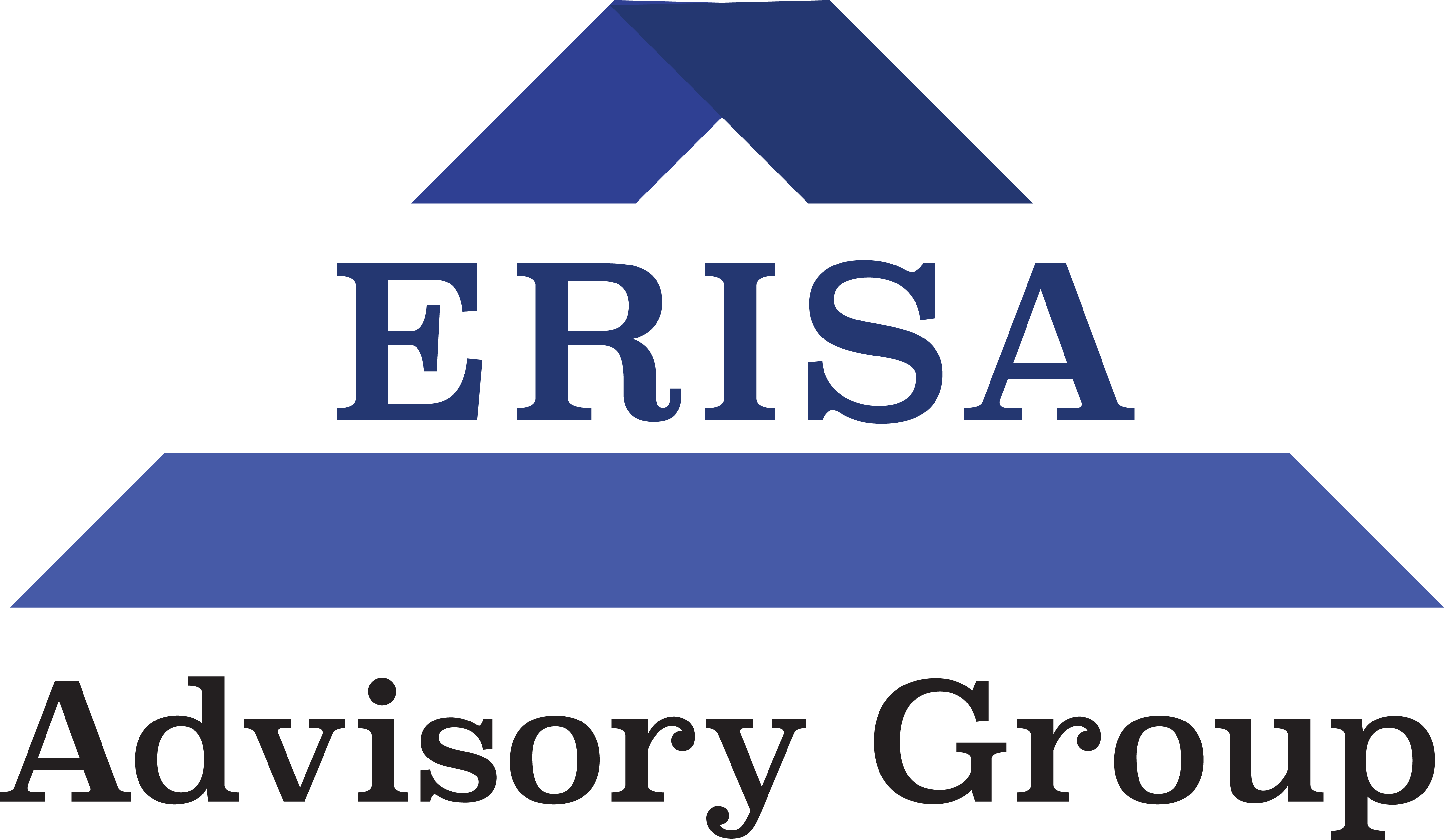Is it time for your PEO health plan or retirement plan to be audited? This is something you think would never happen, but you can’t be so sure. It only takes one participant complaint call to put the audit process in motion. In addition, the Department of Labor (DOL) has yearly metrics, just like you do. These metrics serve two purposes. First, they ensure health plans and retirement plans operate as they should, and second, achieving these metrics pays DOL personnel bonuses and makes them eligible for promotion, determines annual budgets, and determines office performance ranking at the end of the year. You need to be prepared, and to do so you need to know how not to be targeted for an audit, but if you are, how to survive.
Before we talk doomsday, let’s start from the beginning. The Employee Retirement Income Security Act (ERISA) of 1974 is the federal law that covers fiduciary responsibility, tax compliance, and insurance for defined benefit plans. ERISA is separated into four titles and the responsibility for the enforcement of those titles falls to three different government agencies.
- Title I covers fiduciary responsibility and its enforcement is covered by the DOL Employee Benefit Security Administration (EBSA).
- Title II and III cover the tax qualifications of plans and its enforcement is handled by the Internal Revenue Service Employee Plans Division (IRS EPD).
- Title IV covers plan termination insurance of defined benefit plans and its enforcement is handled by the Pension Benefit Guarantee Corporation (PBGC).
Audit Triggers
On to your audit prevention plan. How do you not get audited? Let’s start with non-metric-based audit triggers. Why might your plan be targeted for an audit? It’s simple.
- A participant/employee has filed a complaint or allegation. It only takes one call.
- You are a test target, a randomly assigned project that comes from the national EBSA office to all of the regional offices. Each office must investigate a certain percentage of plans that meet these criteria.
- Reviews of Form 5500. When investigators are not working active cases, they review Form 5500s to identify questions that may have been answered incorrectly or for items that they believe may be a problem.
- Referrals from other government agencies. The IRS EPD and EBSA have a mandatory referral agreement that states if an investigation reveals a problem, it must be referred to the other agency for review.
- Media attention. This could be news paper or TV stories about the financial health of a company or its ownership. There is usually a correlation between company problems and plan problems.
Let’s drill down into more specific EBSA triggers flagged for audit by the DOL:
- Commissions being received by PEO owned insurance agencies that are reported on Form 5500 Schedule A;
- Fees received by the PEO that are reported on Form 5500 Schedule C;
- Affirmative answers to Form 5500 questions regarding transactions with a party-in-interest;
- Inability of the plan to pay benefits when they are due;
- Late contributions; and
- Excessive fees to service providers.
Now let’s look at the metric-based audit triggers. What most people don’t know or understand is that EBSA has budget metrics that are used to rank each EBSA office for productivity. This is important for you to know because it can lead you to being audited. An important side note is that EBSA has criminal and civil powers they can enforce in a court of law, which tie directly back to their metrics.
Let’s discuss the specific metrics for both civil and criminal cases.
For civil cases, the metrics are:
- Number of cases opened (this is concerning);
- Number of cases referred to litigation (more concerning);
- Cases closed without results (great outcome, still expensive on your part); and
- Cases closed with monetary results (good for them, bad for you).
For criminal cases, the metrics are:
- Number of cases opened (again, this is concerning)
- Number of individuals indicted (ouch!)
- Number of cases closed (more is better—for them).
Projects to highlight specific plans for potential audit. There are currently five national enforcement programs EBSA is enforcing:
- Rapid ERISA Action Team (REACT). Media reporting regarding company financial trouble, criminal indictments, or bankruptcy triggers an audit.
- Major Case Enforcement. EBSA has said it will focus more investigative resources on
The outcomes of criminal or civil trials are important. As a trustee or a fiduciary of a plan, you have personal liability. If EBSA finds that a fiduciary is in violation of ERISA, it can, and will, go after the fiduciary personally. This personal responsibility means you may have to pay fines out of your pocket. In addition to the monetary fines, EBSA has the power to ban individuals from being fiduciaries to ERISA plans. All of the potential EBSA remedies are stressful and can lead to large fines and big headaches.
There are currently five national enforcement programs EBSA is enforcing:
- Rapid ERISA Action Team (REACT). Media reporting regarding company financial trouble, criminal indictments, or bankruptcy triggers an audit.
- Major Case Enforcement. EBSA has said it will focus more investigative resources on fiduciaries and service providers with the greatest impact on the protection of plan assets and participant benefits. That means fiduciaries and service providers with large amounts of plan assets or that administer a large value of benefits. In 2015 and 2016, EBSA rolled out a pilot investigative audit program that focused on both master health plans and retirement plans. Of the 10 plans audited, EBSA found a 100 percent violation rate in the area of fiduciary compliance. Based on this result, EBSA added PEOs to the audit program.
- Health Benefit Security Project (HBSP). This program combines the former comprehensive national health enforcement project with Affordable Care Act (ACA) provisions. EBSA is focusing its efforts on returning money to plans and their participants adversely affected by improper administrative practices or the mishandling of plan funds. EBSA continues its ongoing efforts to detect and correct violations found in Part 7 of ERISA.
- Multiple Employer Welfare
Arrangements (MEWAs). EBSA has devoted significant resources to investigating and litigating issues connected with abusive MEWAs. Many times, these problems are created by unscrupulous promoters who sell the promise of inexpensive health benefits but default on their obligations. EBSA has put particular emphasis on identifying abusive and fraudulent MEWAs.
Contributory Plans Criminal Project (CPCP). The CPCP began in FY2010 as EBSA’s first solely national criminal project. In recognition that millions of American workers who share in the costs of employee benefits by contributing to employer-sponsored retirement and health benefit plans are vulnerable to criminal abuse, the CPCP is designed to address the full panoply of criminal violations relating to contributory plans.
It is much easier to identify and correct fiduciary violations of ERISA prior to an audit by EBSA. Be sure to use the proper experts to guide the operation of your plans and to identify and correct any potential defects. Once EBSA gets involved, the process is much longer and more time is required from you and your team, and incurs greater costs.
Written By: William Kropkof
Source: https://www.napeo.org/peo-resources/publications-products/peo-insider/issue/march-2019/department/will-your-peo-health-plan-or-retirement-plan-be-audited

